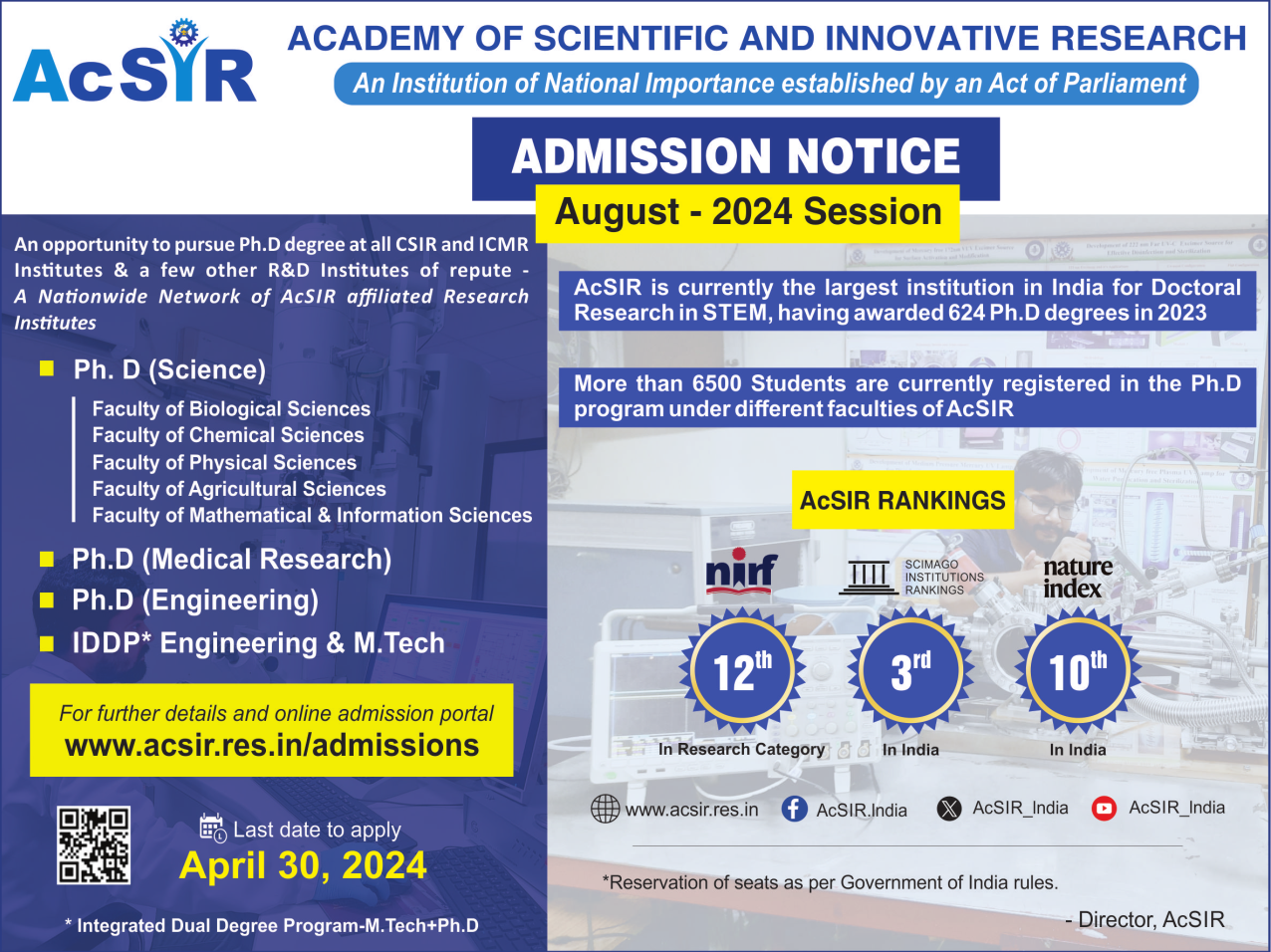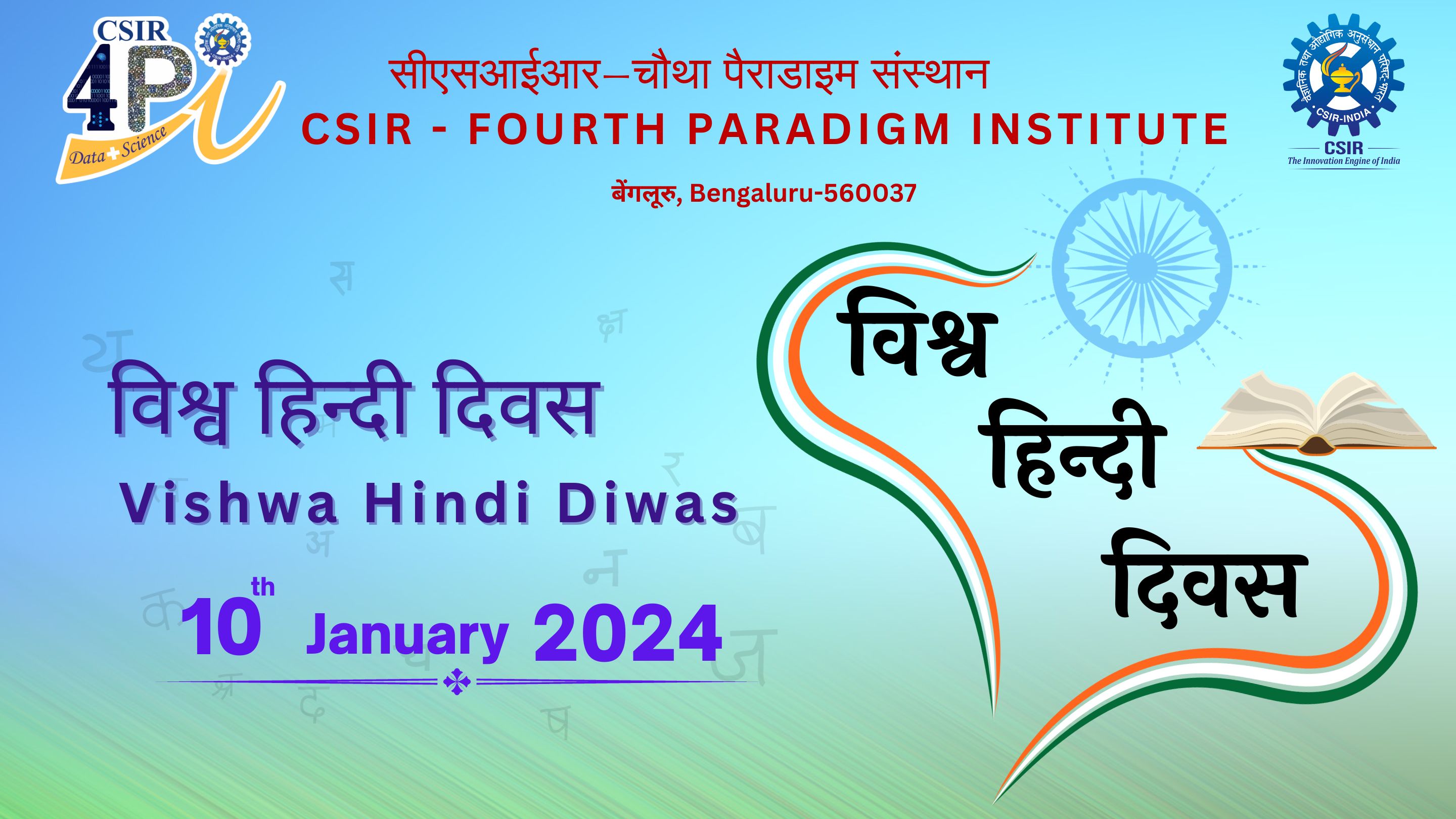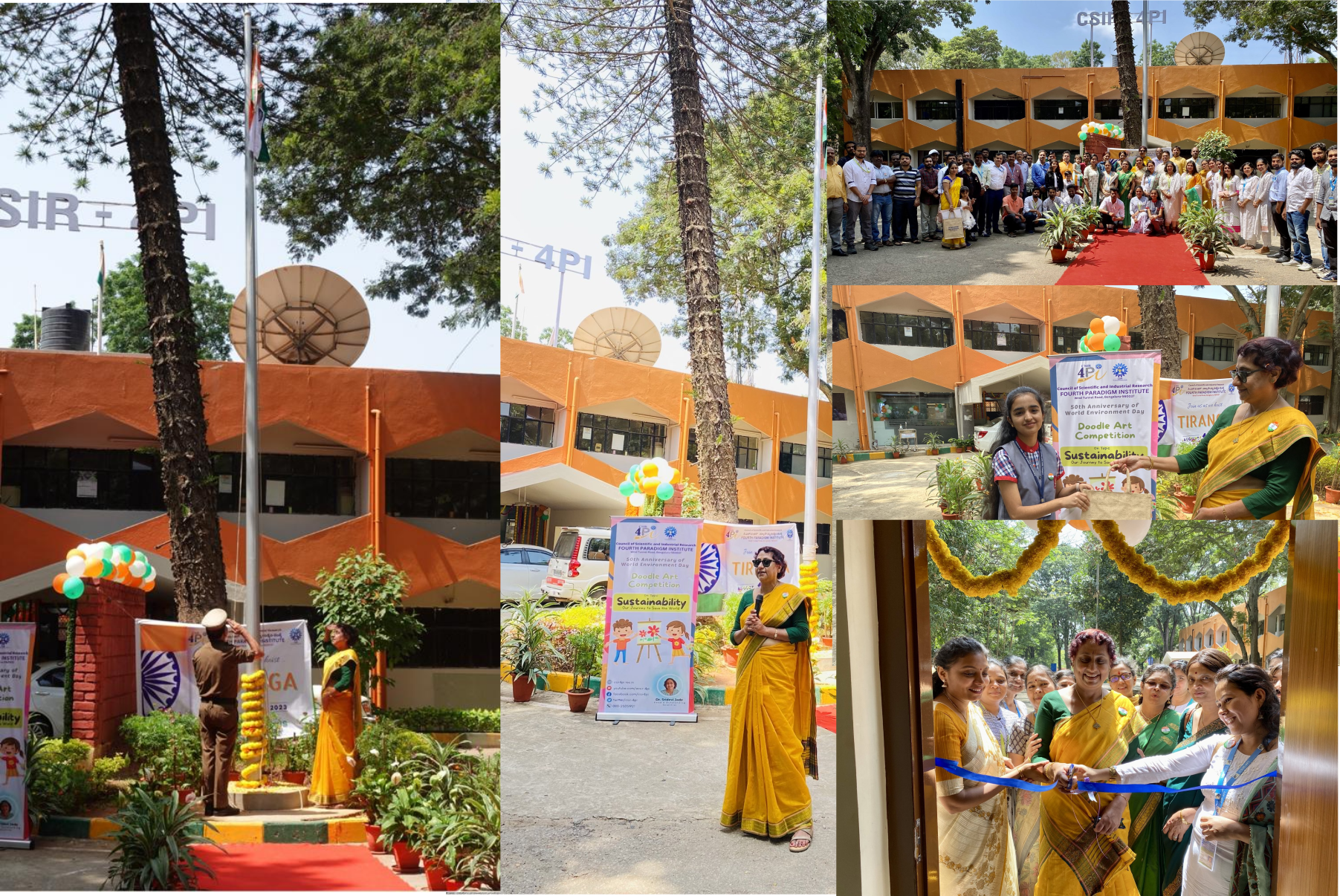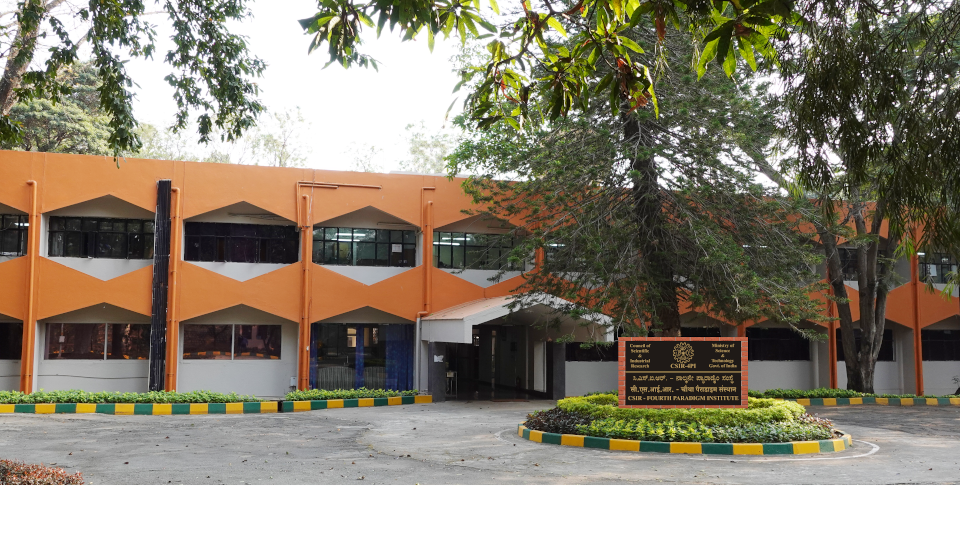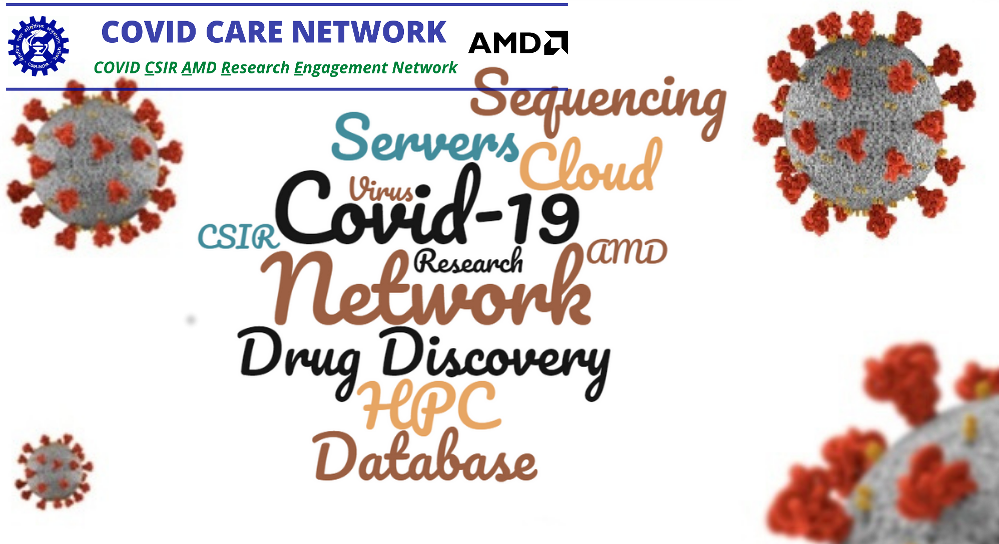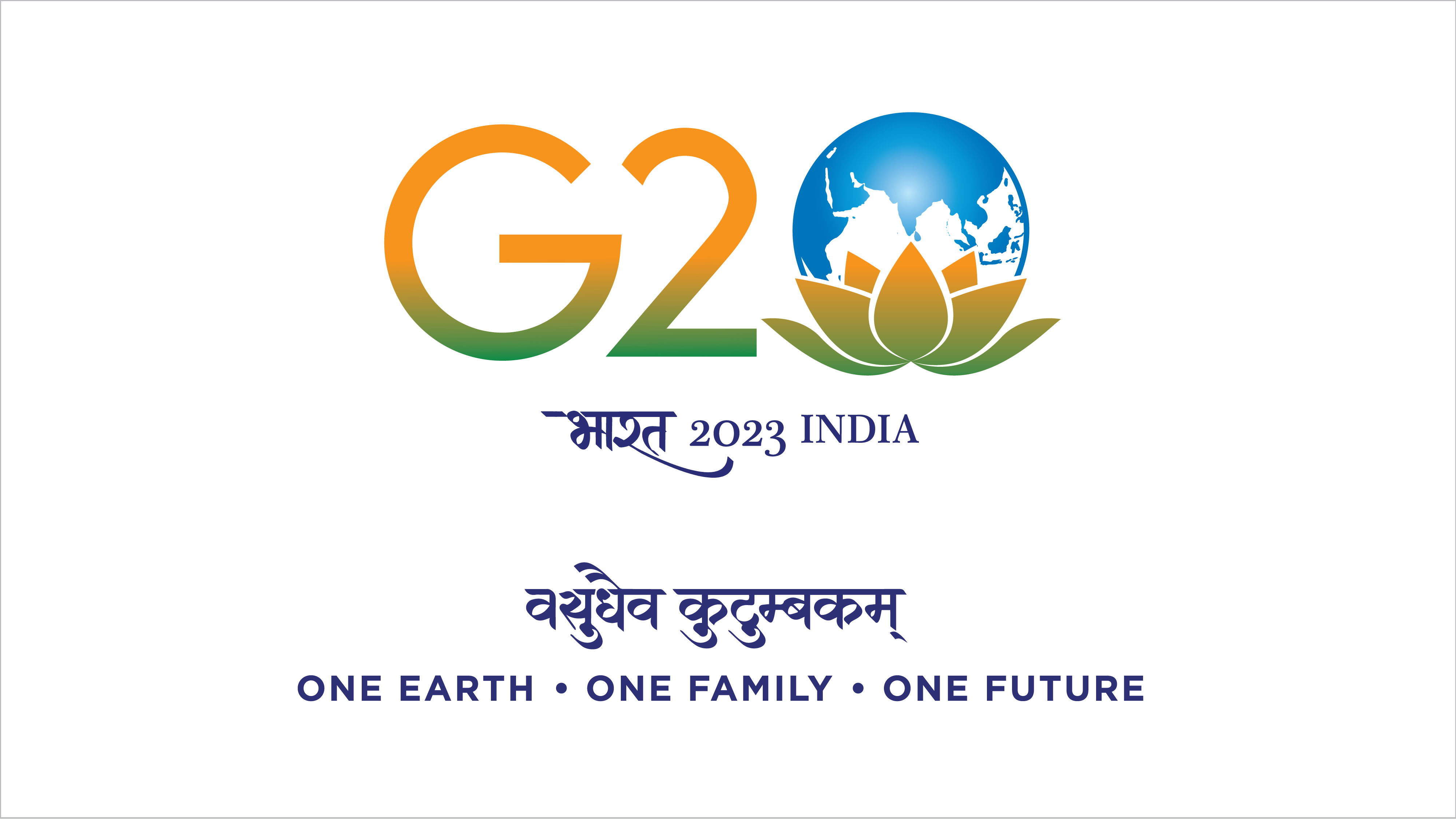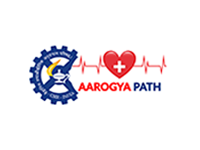by Rani Devi, Krushna Chandra Gouda and Smrutishree Lenka
Heat waves (HW) in the tropical and subtropical region are the deadliest throughout the world. This study represents the HW characteristics over the tropical country India mainly divided in three different landmasses, i.e. hilly, plains and coastal. This work presents the HW characteristic quantification based on the physiography of the regions in India assessed over a period of 70 years (1951–2020) using the Indian Meteorological Department (IMD) observed data. Mostly, the earlier studies are more focused on HW in the plains and coastal regions. HW in hilly region has been excluded by using single threshold for the whole Indian region, so based on the topographical features, three thresholds of daily maximum temperature (DMT), i.e. DMT > 40 °C (plains), DMT > 37 °C (coastal) and DMT > 30 °C (hilly), are being applied. The spatio-temporal analysis of HW shows its occurrence in hilly regions (J&K, Manipur, Mizoram and Tripura) since 1972 and maximum 10-day HW in the northern region. The coupled model intercomparison project phase (CMIP6) model output for 7 models has been assessed to quantify the performance in capturing the HW parameters compared to IMD observations. The ensemble mean of 2 CMIP6 models, i.e. EC Earth3 and MPI LR, has been used to project future changes in HW properties over India under the different emission scenarios, i.e. SSP126 and SSP 585. The key finding of this study shows that for year 2050 onwards, a sharp increase in HW days, HW events and HW duration (average and maximum) will increase in hilly, coastal and plain region. Under SSP 585, the southern part will likely get more new hotspots of HW in India, and there will be significantly more longer, intense and frequent HW occurrence as compared to SSP 126. The results show the need of improvement in understanding of HW at regional scale and especially in hilly region.



